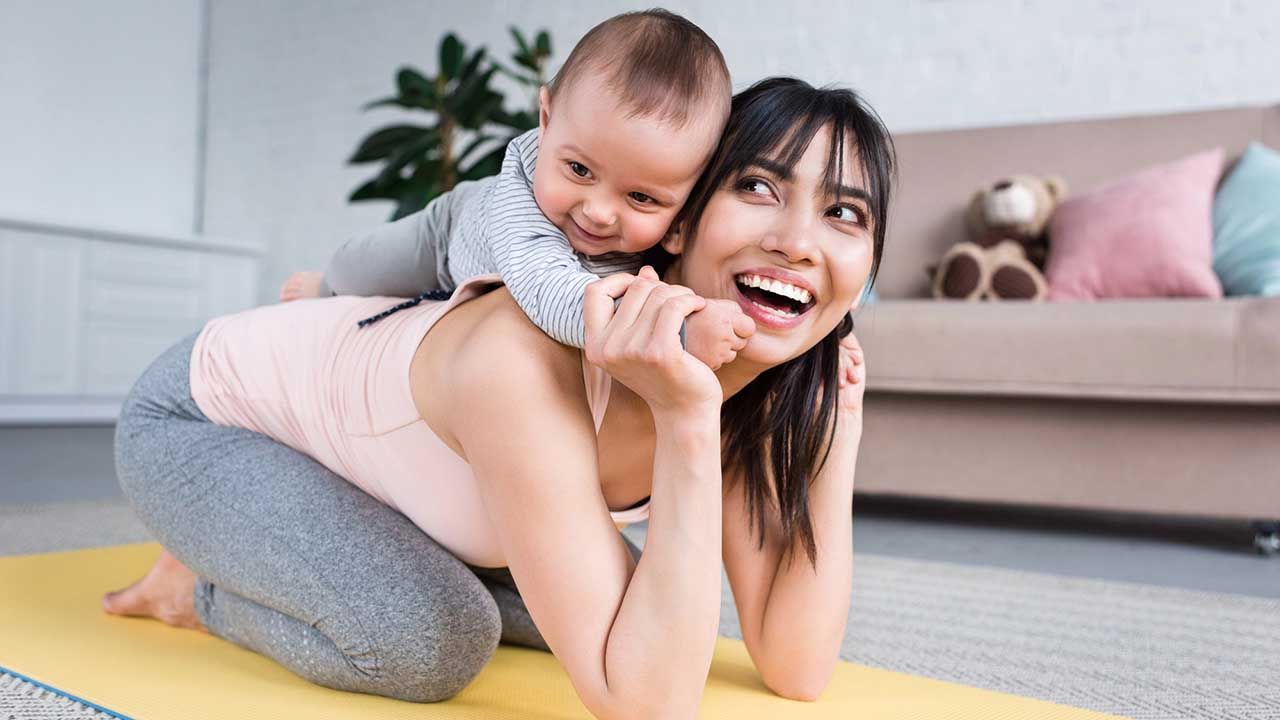Body Measurements Guidelines

If you have a goal to change your body composition, it can be helpful to monitor your progress with measurements. We don't recommend getting on the scales for a range of reasons (we're all about the non-scale victories!), but measurements can be a useful tracking tool to figure out whether the lifestyle changes you're making are helping to achieve your goal.
Before you get started
There are some important things to remember when measuring your body for comparative results:
- Just like the scales, there are factors that can affect your measurements including bloating or water retention which can be a result of increased salt intake, lowered water intake, medications and hormonal fluctuations.
- It may help to also take progress photos. Measurements only track specific locations on the body, but you may experience changes between those measured areas.
- Sometimes your body may be changing between the measurement points, so don't get discouraged if you take your measurements and see little or no difference but you're nailing all your healthier habits.
- Use a soft tape measure and not a metal one.
- Measure first thing in the morning if possible. Measurements can change over the course of the day.
- Measure at the same place each time to ensure your measurements are as accurate as possible for comparison. You'll see from our recommendations below that we include points of reference to help you do this.
- Ensure tape measure is level (i.e. that it doesn't drop down at the back of your body).
- Avoid measuring too frequently. We would recommend doing it every 4-6 weeks to give your body enough time to respond to the habit changes you're working on.
How to take measurements
 These measurement points can vary depending on different trainers, but here are our recommendations:
These measurement points can vary depending on different trainers, but here are our recommendations:
CHEST - Measure the circumference around your torso with the tape measure right underneath your armpits.
Note: This is not the same as a clothing bust measurement.
BICEPS - Pick one arm to measure (there can be a difference between your left and right arms!) and ensure you measure the same arm each time. Feel at the top outside of your arm where it connects to your shoulder for the hard prominence at the top of the arm bone. Measure between this point and the pointy tip of your elbow, divide that measurement in half and measure the circumference at that point.
WAIST - Measure the circumference around your waist level with your navel.
HIPS - Measure the circumference around the widest part of your hips.
THIGH - Like the biceps, choose one leg to measure and ensure you do the same leg each time. Stand tall with your arms by your sides, palms facing inwards towards your body. Take the measurement from the tip of the middle finger of your hand.
CALF - On the same leg you took the thigh measurement from, measure around the widest part of your calf muscle.
Need somewhere to track this? If you're an Online Squad member you'll find a measurements tracking sheet under Resource Downloads.
Image / DepositPhotos









